Still Life Photography: 9 Tips to Get Started
Hire film gear from local filmmakers.

Hire film gear from local filmmakers.
You’re probably familiar with still life paintings, but have you heard about still life photography?
This genre is all about making something special from ordinary objects. It lets creators experiment and practice their skills in a controlled setting.
What are you waiting for? Learn about still life photography types, gear, and tips by reading on!
What is still life photography?
Still life photography is the art of taking pictures of inanimate objects. These can be man-made like consumer products or natural like plants, food, or rocks.
This photography subgenre is very accessible since you can use just about anything you have lying around. It’s an excellent way of honing your skills and presents an opportunity to experiment with composition, light, materials, and more.
Some believe that still life photography is simple, and it can be. However, outstanding still images convey a message and provide context beyond what’s in the photo.
Do you want to learn more about the basics of photography? Read Photography 101 to gain knowledge and inspiration of the fundamentals.
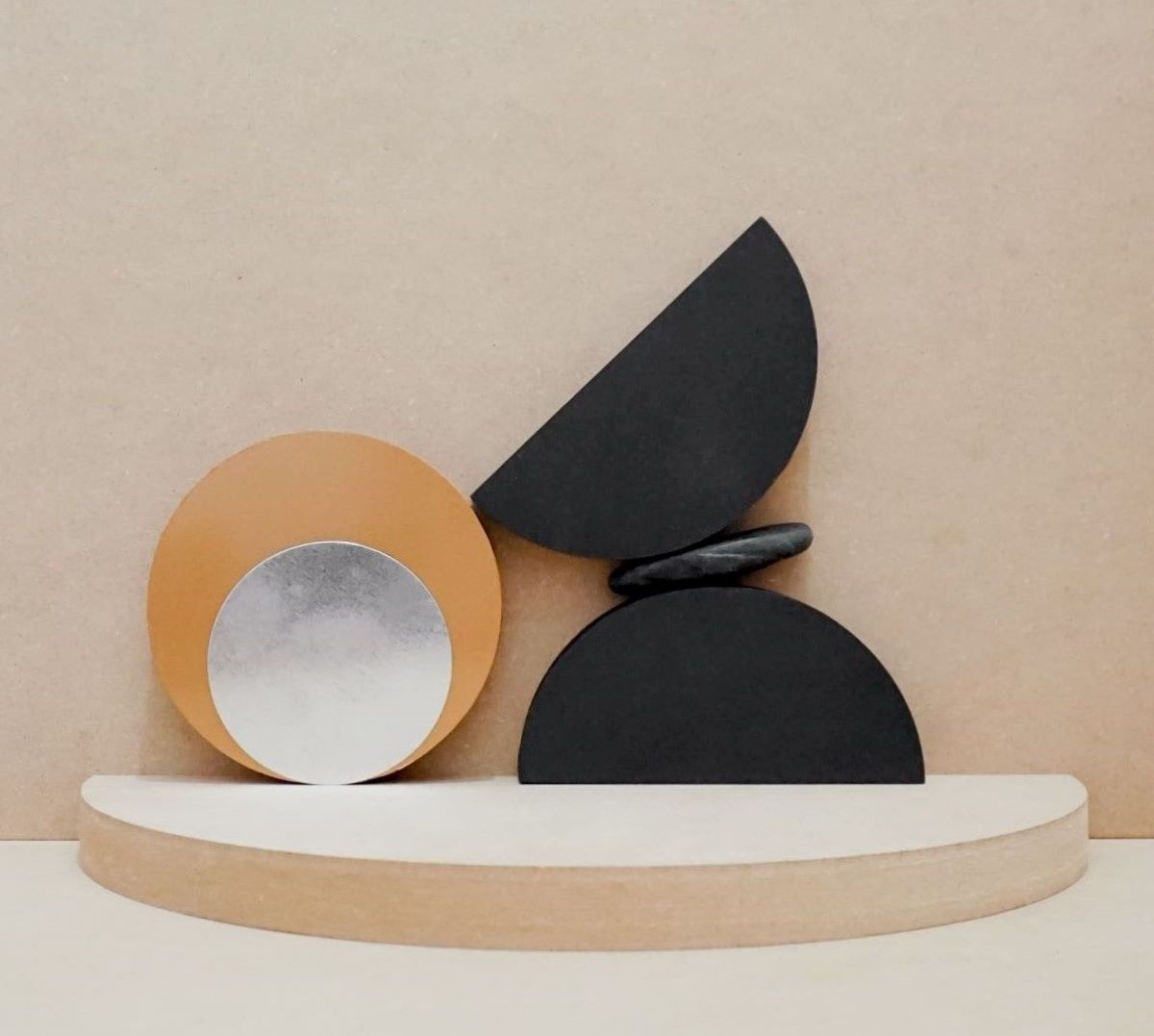
4 Different types of still life photography
1. Tabletop photography
Tabletop photography is most often associated when people talk about still lifes. It involves shooting a selection of small objects that fit on a table. It can be shot directly from above or at an angle.
2. Product photography
Product photography is a subgenre that focuses on selling, not just the objects. Therefore, this type is often more objective and less artistic than tabletop photos.
The same rules of still life photography apply, but these photos are often made on assignments or jobs. They often include some sort of brief where the client determines the products the photographer needs to capture.
3. Food photography
Food photography is a type of still life photography where the goal is to depict food attractively. This often involves building a set or background with other food items and tableware.
4. Found object photography
Found object photography is an exciting subgenre where you compose an image with things found in your neighborhood or in the wild. It provides a compelling challenge for photographers who wish to test their skills.
Still life photography ideas
Experiment with the following still-life photography ideas!

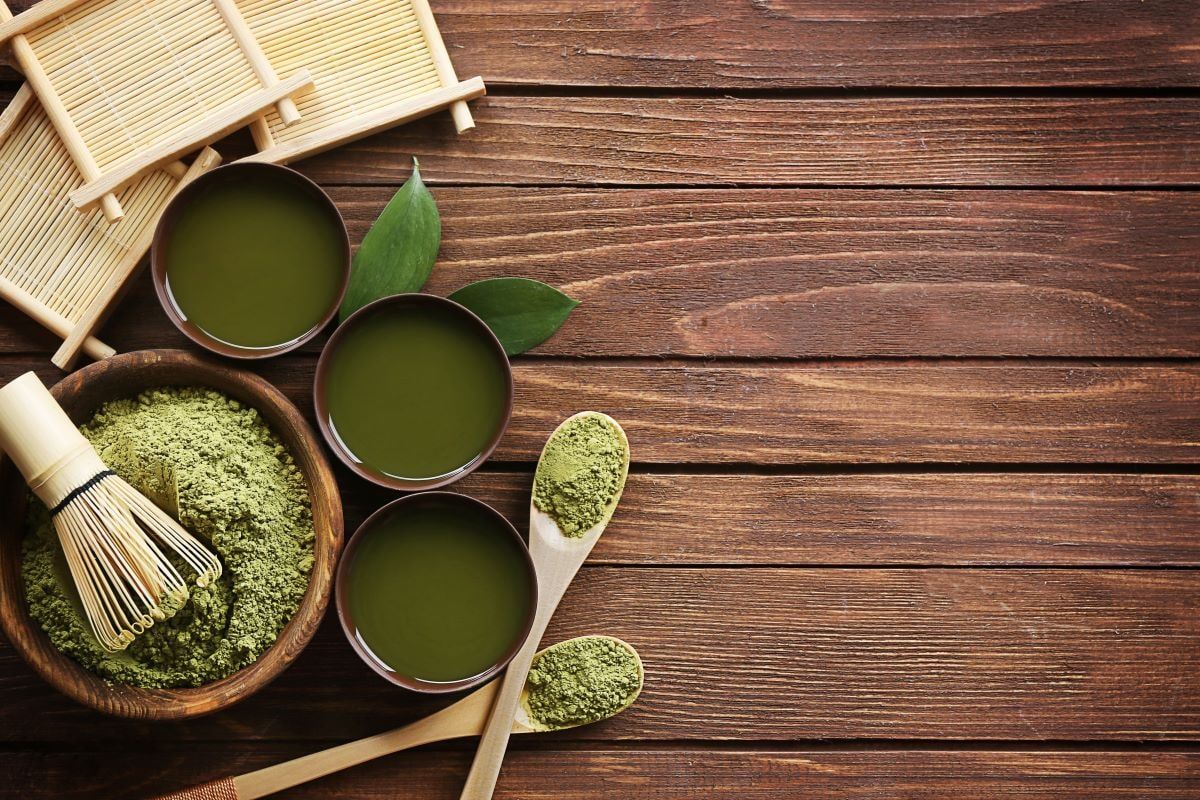
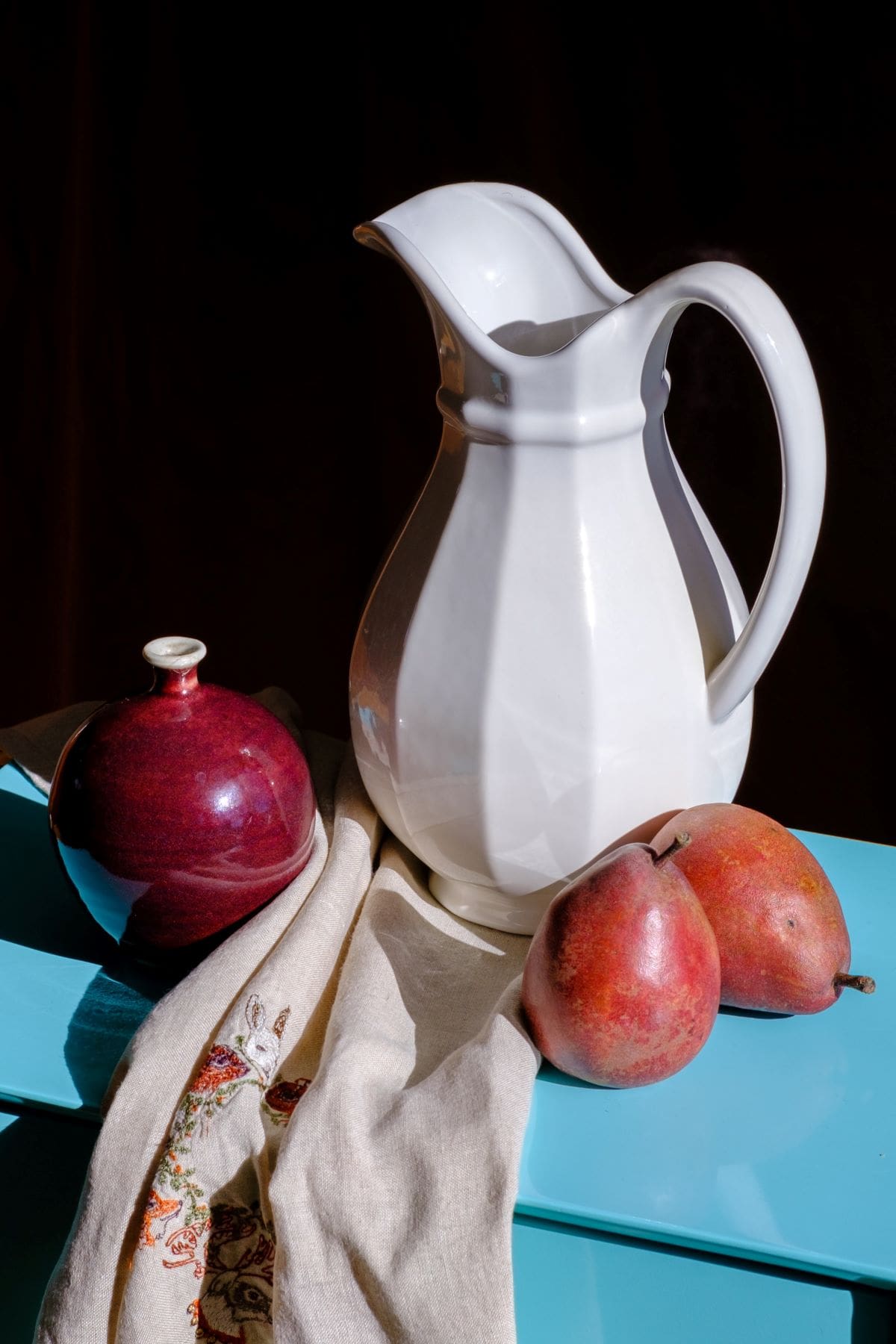
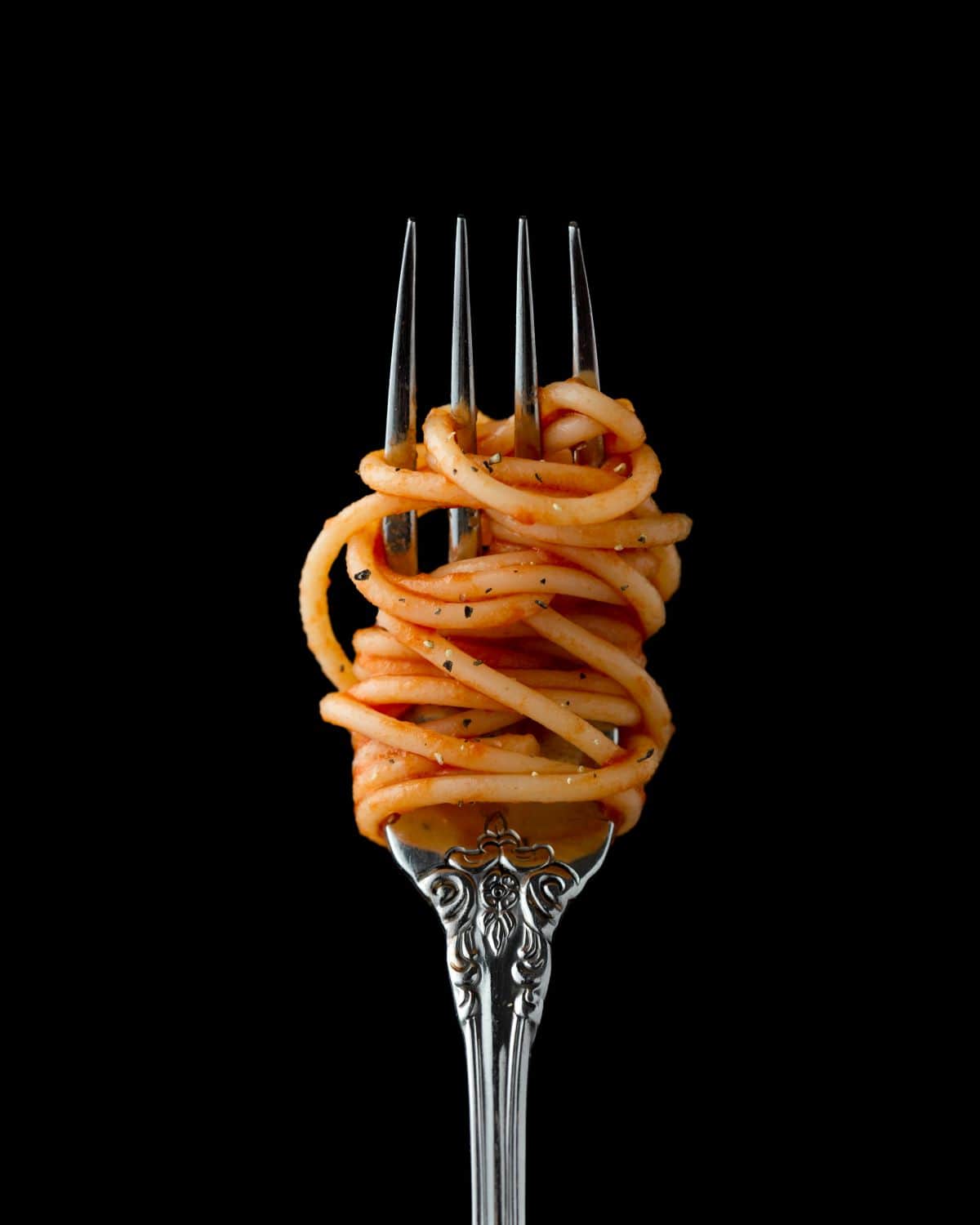

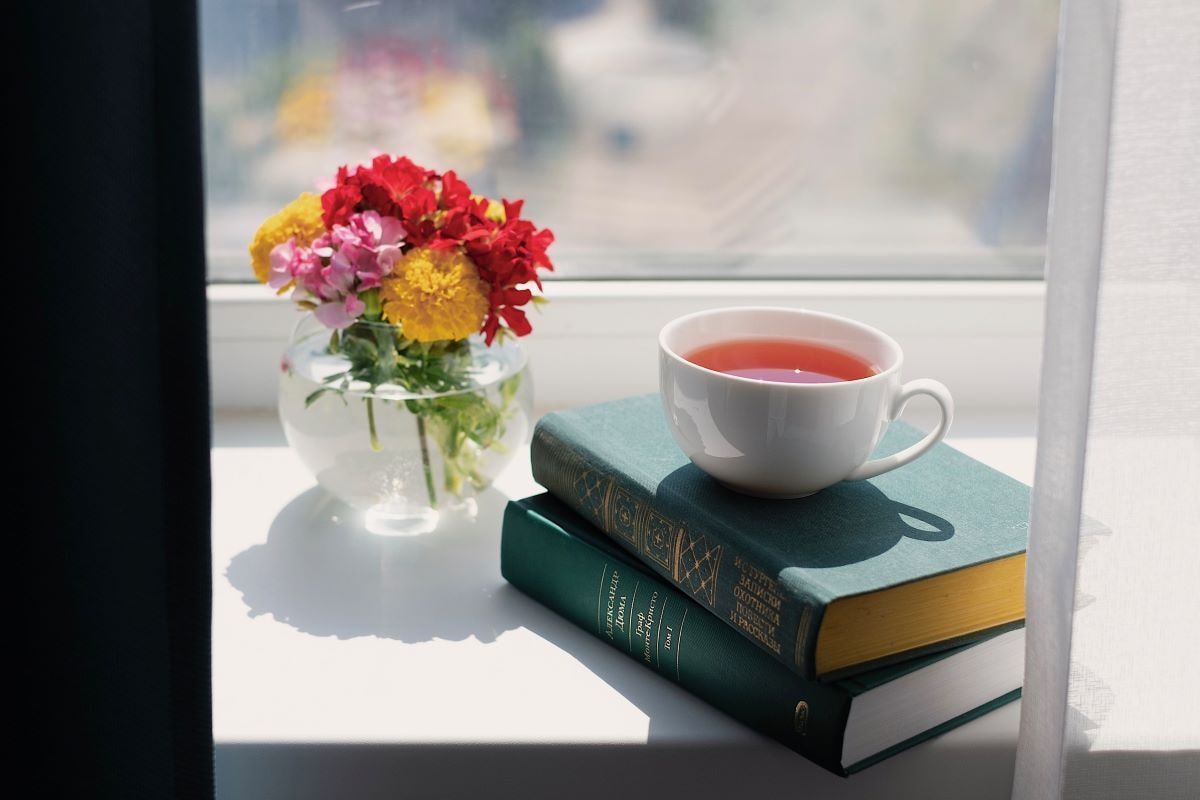
Essential gear for shooting still life shots
Light reflectors
Light reflectors are an affordable and simple way to control natural light in your photos. They let you redirect the light, soften shadows, or highlight textures in your composition.
Reflectors come in a range of colors for slightly different effects. They make working with natural light so much easier.
Softboxes
If you struggle with natural light or simply want to try something different, combine lighting equipment with a softbox. Softboxes allow you to diffuse light coming from strobes, LEDs, or your reading lamp.
They give you control over light spills to achieve better images.
Telephoto or macro lenses
The best lenses for still-life photography fall into two categories. Macro lenses are an excellent choice if you want to capture your subject from a close distance.
They allow you to showcase the most detail and be right up on the action. Macro lenses come in a wide range of focal lengths.
Telephoto lenses are long-focus lenses that magnify your subject. This makes them perfect for shooting subjects at a range. A lens is considered “telephoto” with a focal length of a minimum of 70 mm.
Full-frame camera
While beginners can employ almost any type of camera, full-frame models still give the best control over your manual settings. They also still outperform most cropped sensor cameras in terms of autofocus.
However, do not let the lack of gear hold you back from creating. Grab your camera and get started even if you don't have the best equipment at hand.
9 Pro tips for shooting still life photography
To be successful in still life photography, you need to find ways to make ordinary subjects seem interesting.

1. Develop a creative concept
If you want to stand out, you need to put thought into your concept to evoke a feeling or thought in viewers. These can include the feelings of disharmony when you use contrasting elements, nostalgia when being reminded of your childhood, or so many more!
Don’t underestimate an image’s power to highlight social issues either. The concept of your still life is only be determined by you.
2. Plan your shot
Once you've got an idea of what your final image should evoke, it’s time to plan your shot. Try to visualize the components involved, your desired lighting, and the placement of your objects.
Make a rough sketch to decide on these questions but keep in mind that you’re welcome to experiment once you set up the shoot too. You can also create a mood board and collect reference images.
This is a great way to hone your skills and gather inspiration.
It helps immensely to know what shot you’re really after, especially if it involves natural lighting that you need to plan for. Setting up visual guides will prove to be helpful when you have a frame of reference to guide your process.
3. Focus on natural lighting
Since your subjects are often not breathtaking by themselves, lighting is actually one of the easiest ways to create a photo that stands out. Light affects the mood of your image in ways you might not have noticed or considered.
Natural light is a flattering, soft light source that works well with still life photography. It’s also free and usually quite accessible! Learn how to work with natural lighting and consider a light reflector to make your job easier.
The quantity, quality, and direction of light affect how the viewer looks at the image and how they’ll feel about it. Color temperatures are important since they subconsciously represent ideas and emotions.
To learn more, check out how color is used in film for inspiration.
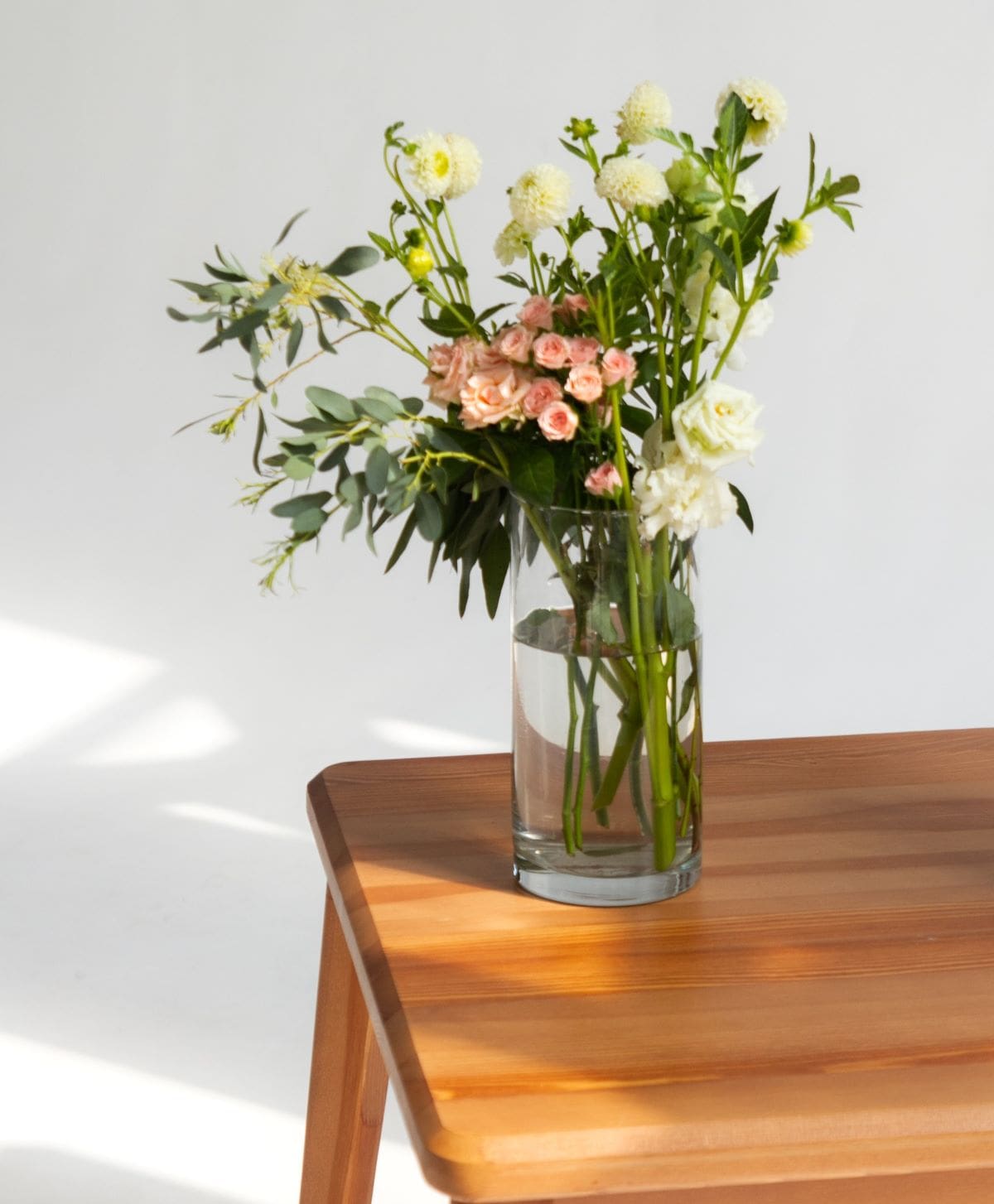
4. Consider aesthetic color combinations
While using plain white cardboard or a table cloth is a safe bet with most compositions, they don’t add much to the image visually. Consider using colored backdrops as long as they don’t distract too much.
Brush up on your color theory to understand which colors compliment and contrast each other. Choose an aesthetic and stay within your theme to create a coherent photo.
5. Experiment with flat lay compositions
Flat lay compositions are very common with tabletop photography. They involve arranging your objects on a flat surface and shooting directly from above.
This method allows you to truly focus on the composition with no distractions. Great for beginners and more experienced photographers alike!
Incorporate compositional techniques like the rule of thirds or leading lines for added visual interest.
6. Try low-key images
Low-key images depict dark-colored scenes with limited light in select areas. This type of photography creates moody and emotional results if executed properly. It directs the viewer’s attention entirely since it provides no distractions.
Take low-key images by using a black background and finding the correct camera settings. You'll need to work with a fast shutter speed, low ISO, and a narrow aperture.
7. Compose with diverse textures and materials
Using diverse textures and materials creates a point of visual interest. They draw in the eyes! Different materials reflect the light and cast shadows differently.
Incorporate a daring surface as your background, or add a woven blanket to soften the feel of your image. Try to think beyond shapes and consider how materials add to your pictures.
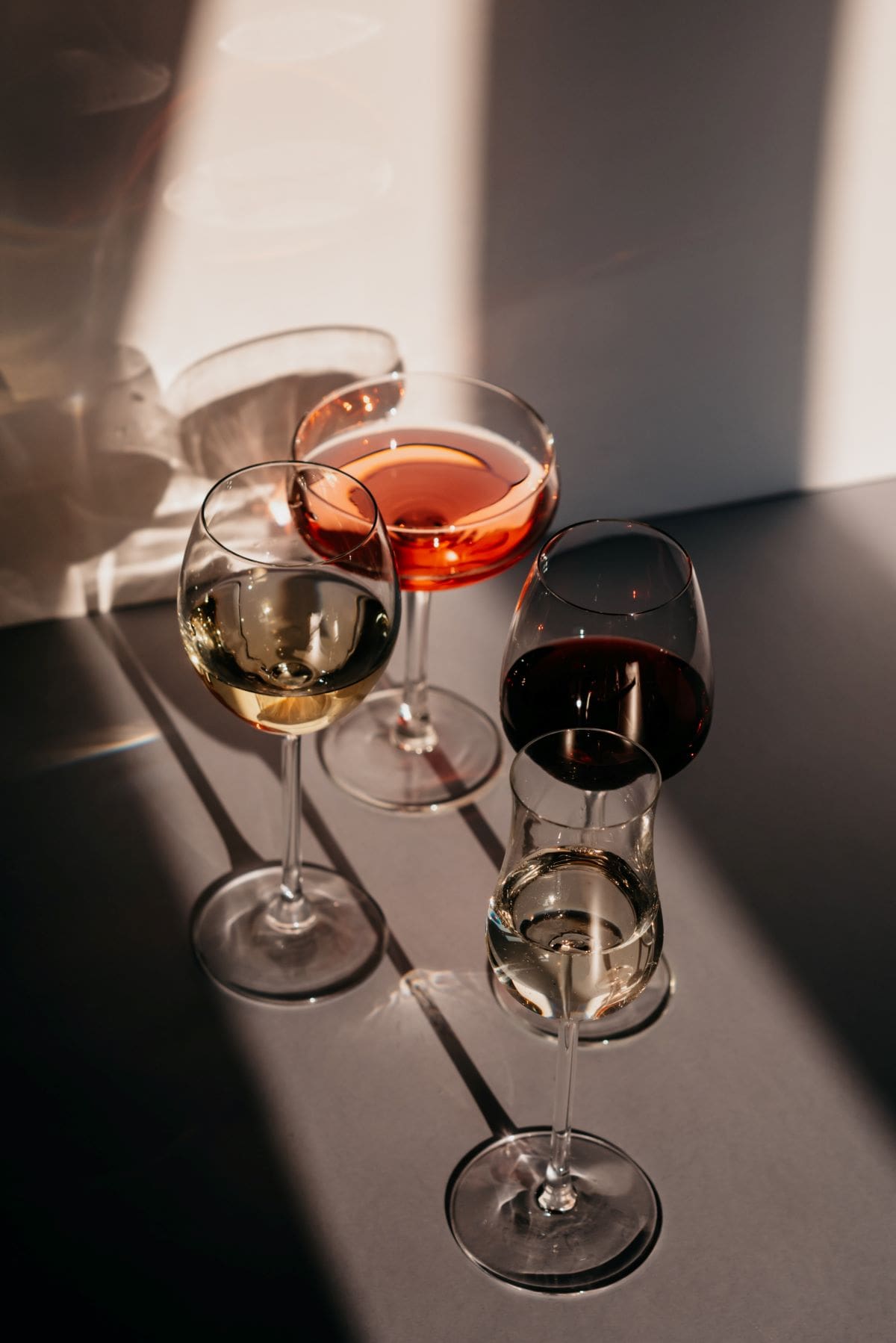
8. Try multiple angles
Move your camera to see how your composition changes. Even if you have the desired outcome in mind, try several angles to see how they affect your picture. Be mindful of your lighting, especially if working with an extreme close-up.
Mind the camera shake by using a tripod or setting your shutter speed fast enough to compensate for potentially unsteady hands.
Learn more about shots and different camera angles in film to brainstorm.
9. Experiment with depth of field
The depth of field affects the feel of the image significantly. While it may seem instinctual to work with a deep DOF to keep everything sharp, experiment with the opposite.
A shallow depth of field is outstanding at leading the viewers’ eyes and creating visually interesting photos.
Consider the focal length of your lenses and your distance to your subject to switch it up. See what depth of field gives the best results for your still life composition.
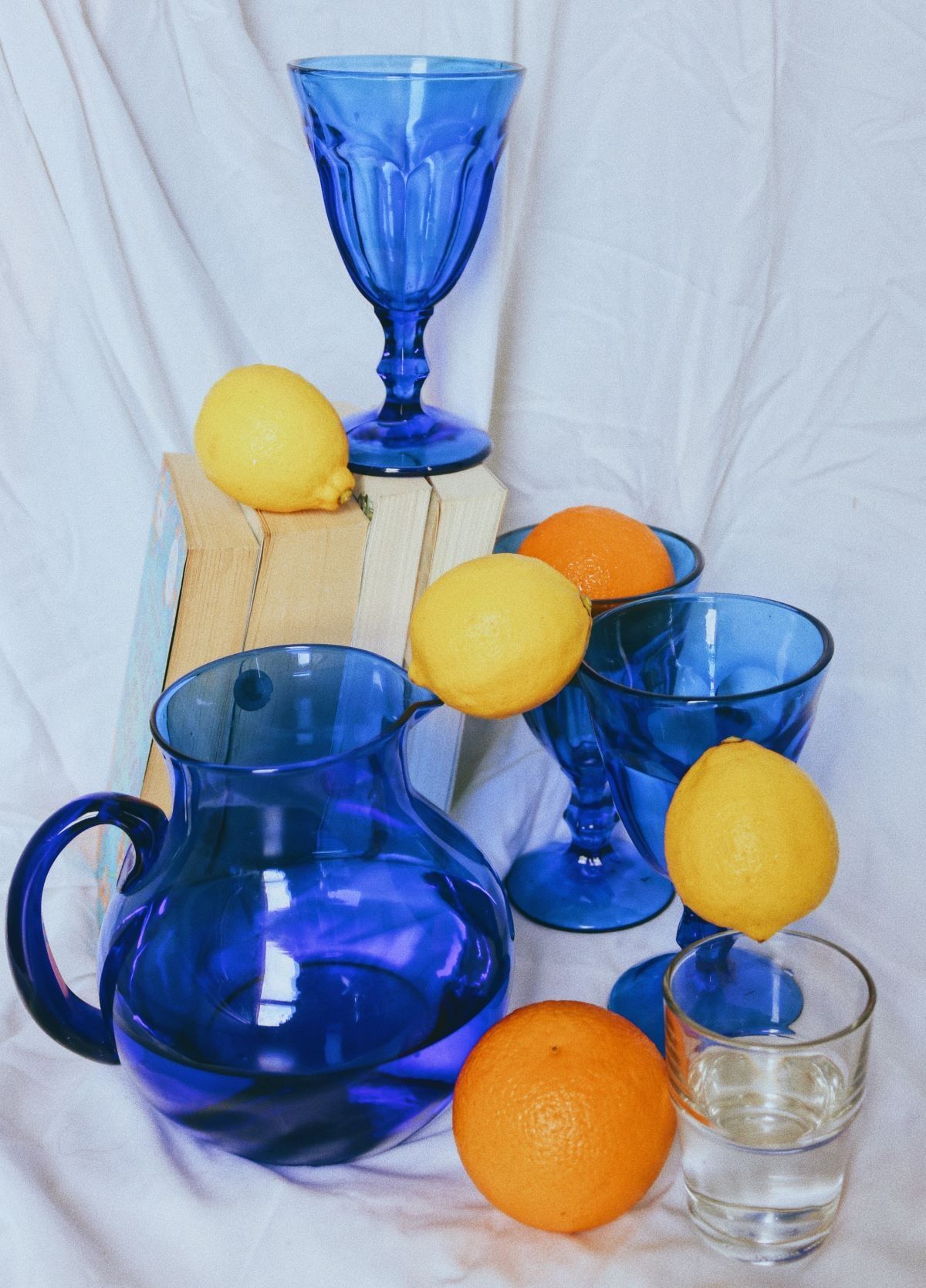
What’s next?
Grab a few items in your household and start working on your still life photography today! Get creative and hone your skills to improve your craft. The sky’s the limit.
Become a better photographer by mastering the basics with our complete guide to photography.
Happy shooting!
What is still life photography?
Still life photography is the art of taking pictures of inanimate objects.
How to do still life photography?
Getting started with still life photography is easy! Gather your items and create a composition on a flat surface. Experiment with the rest.
What are the 2 types of still life photography?
The most common types of still life photography are tabletop and product photos. Food photography and found objects can also be considered subgenres.
How do I make a still life photo?
Make a still life photo by arranging a few objects in front of a neutral background. Think about the textures, lighting, and angles to create interesting images.






















